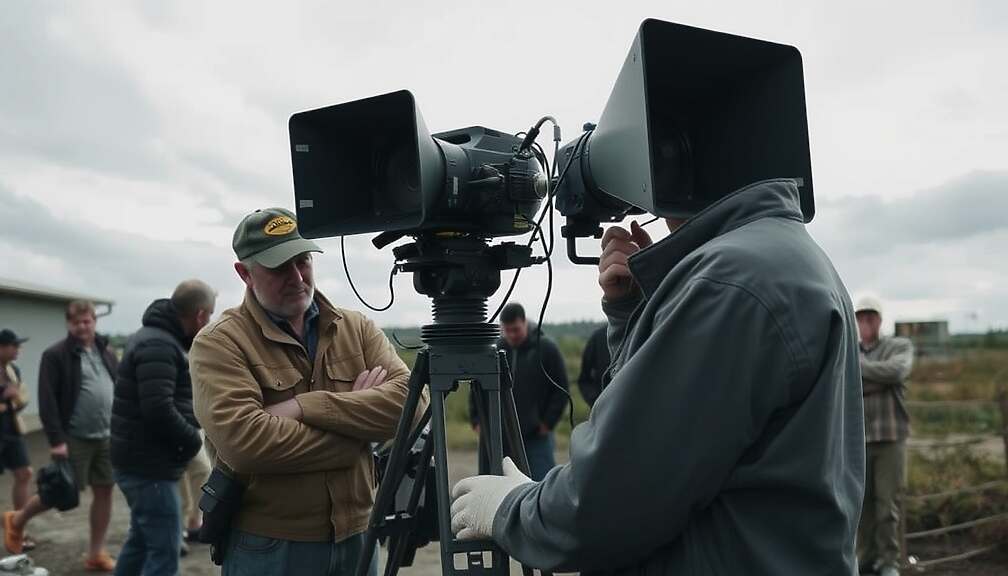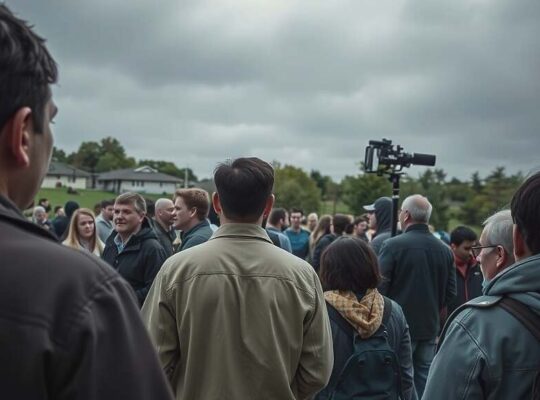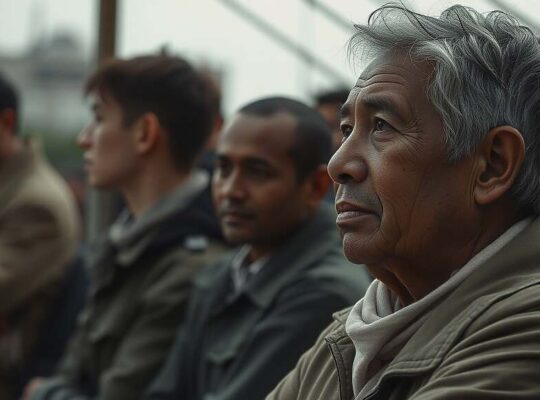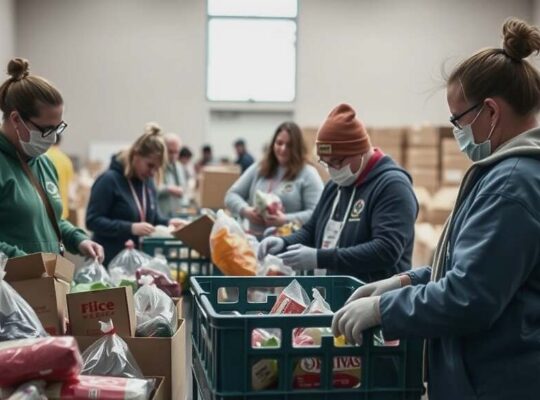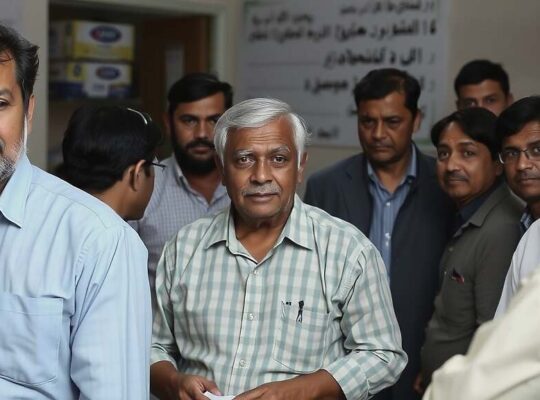The Technical Relief Organisation (THW), Germany’s federal volunteer civil protection agency, has seen a significant surge in membership, reflecting a growing public awareness of disaster preparedness in the face of increasingly frequent and severe crises. According to data released to the Redaktionsnetzwerk Deutschland, the THW’s ranks have swelled by approximately 10% in recent years, rising from roughly 79,900 in 2020 to approximately 88,000 currently.
This increase is attributed, in part, to the widely publicized and devastating impact of events like the 2021 Ahr Valley floods, which vividly demonstrated the critical role of civil protection and volunteer efforts. THW president Sabine Lackner also credits proactive marketing and public awareness campaigns for attracting new recruits. “The rising number of natural disasters and global crises underscore to many people how important civil and disaster protection is” she stated.
While the growth is welcome, it also raises questions about the sustainability of the organisation’s capacity and resources. The rapid influx necessitates careful management of training and equipment and may expose existing structural vulnerabilities within the THW. Some analysts suggest that the increased reliance on volunteer organisations, while demonstrating robust civic engagement, also masks a potential gap in government investment in proactive preventative measures and permanent disaster response infrastructure.
Notably, President Lackner highlighted the encouraging rise in female membership, a development she welcomes. She stated that the THW is proactively preparing for this growth, citing a strategically revised framework launched in 2023 focused on enhancing training, equipment and organizational structures. However, critics argue that the focus needs to extend beyond recruitment and encompass a wider review of how the THW integrates diverse perspectives and addresses gender-specific challenges within its operational framework. The continued upward trend in natural disasters, coupled with an ageing population amongst some THW volunteers, will likely place ongoing pressure on the organisation, requiring consistent innovation and perhaps a broadened mandate beyond purely reactive disaster relief.


